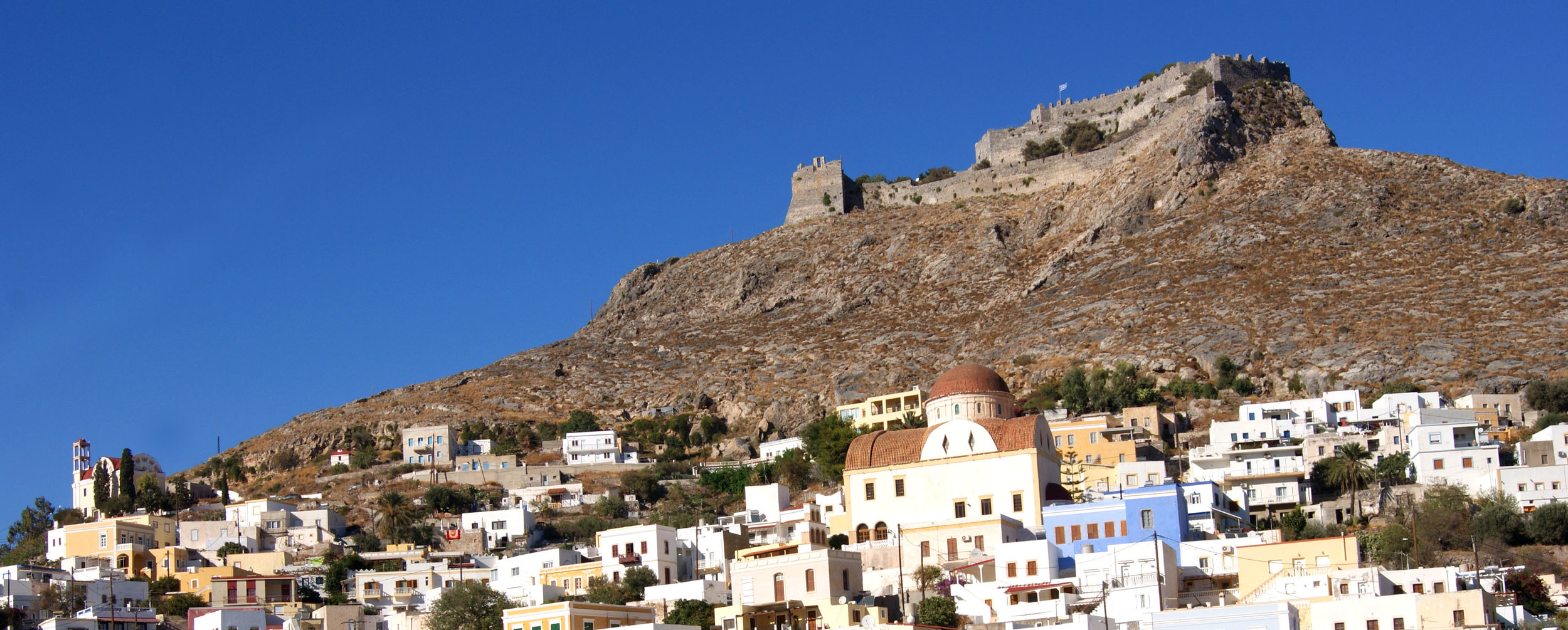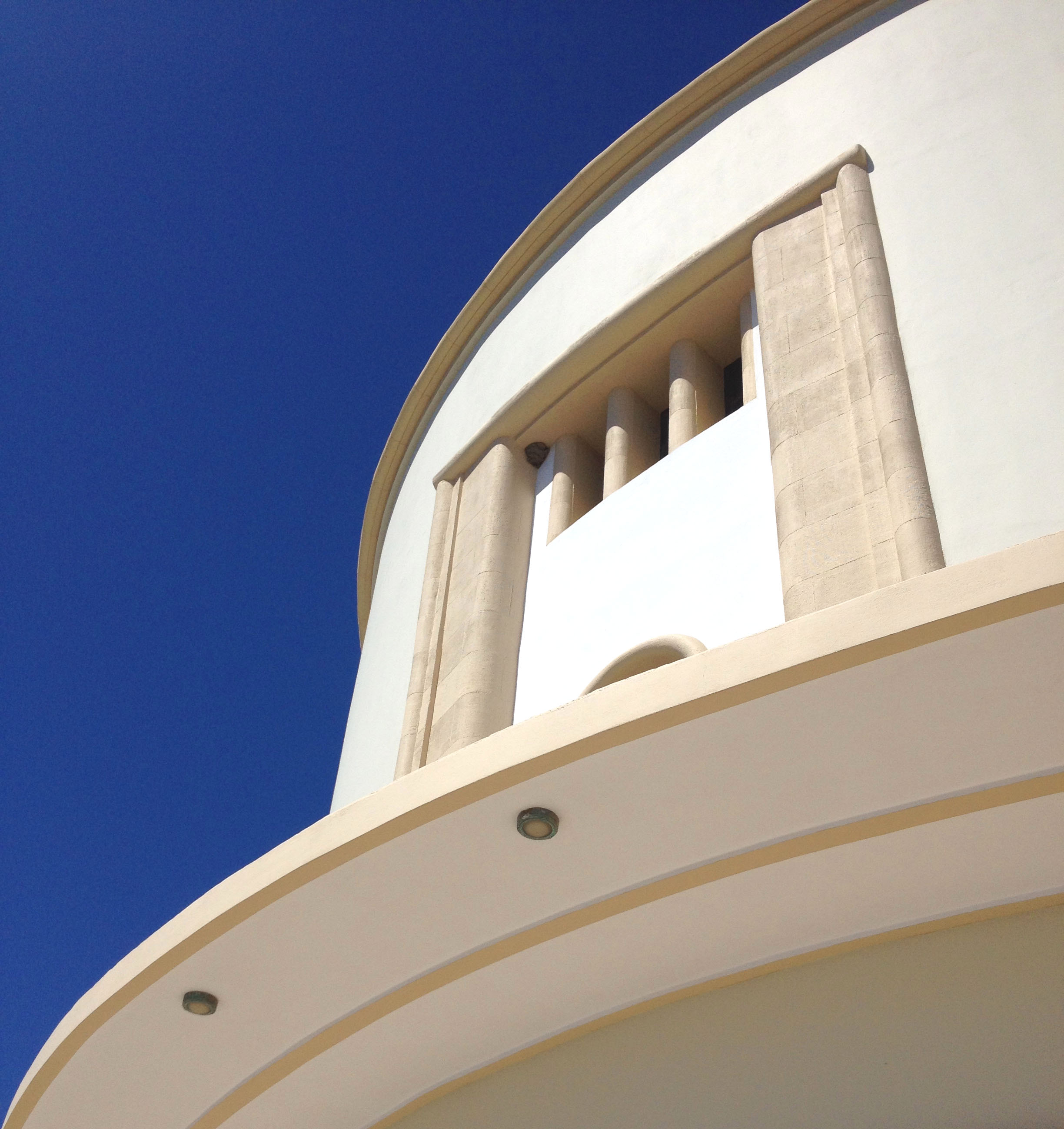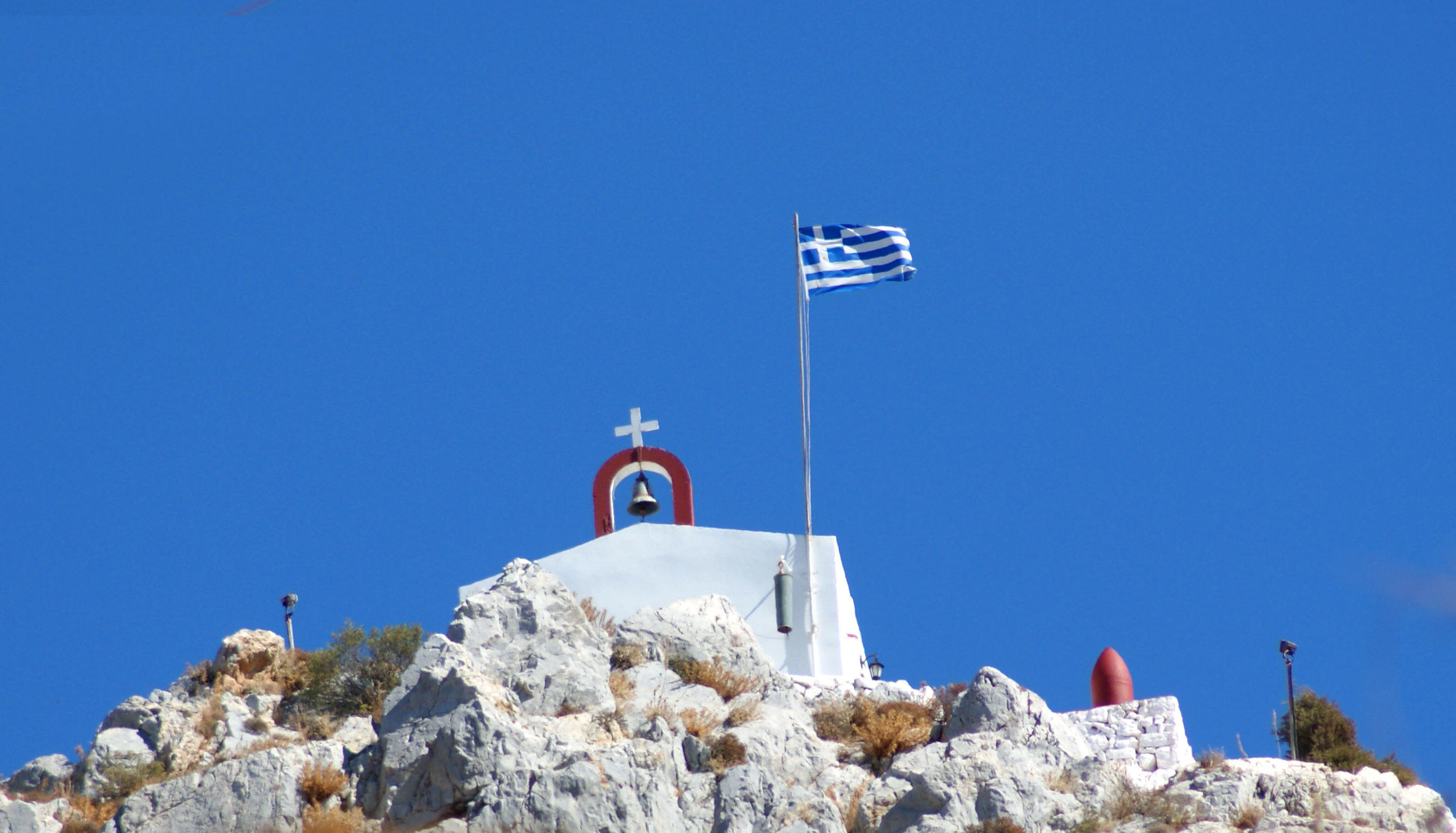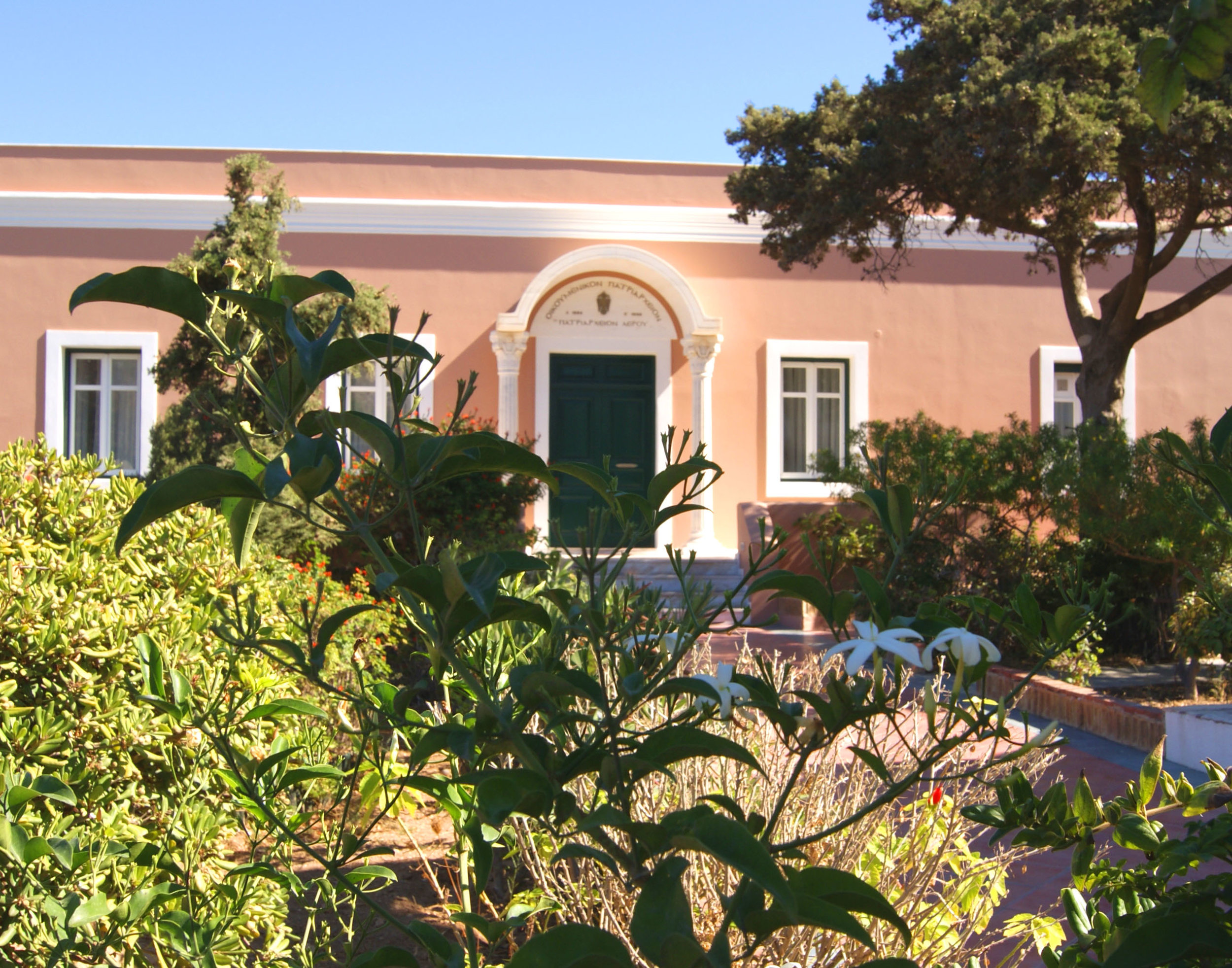Leros is an undiscovered gem - a unique and authentic island that we have made our home.
Leros may be small but it is full of surprises and offers the traveller an opportunity to experience authentic island life in a quiet and unspoilt part of the Aegean.
Leros, the island of Artemis has a varied landscape ranging from sandy beaches to olive terraces, and from pine forests to mountain meadows - all set against the dramatic backdrop of the Turkish coast.
Leros is a small island in the Dodecanese with a population of around 7,500 scattered across it’s 2 towns and many villages. It has an interesting past and beautiful architecture along with a secluded beauty that has been lost by some of it’s more developed neighbours. From April to October temperatures are high and rainfall almost non-existent.
Its quiet beauty is waiting to be discovered!
The Island history..
Leros has rich tapestry of foreign influences beginning with the Byzantines who colonised the island in the 11th century and built the impressive Kastro (or castle) along with many of the churches.
The Ottoman empire were amongst the next invaders, and they held Leros as a province. The island was governed by a pasha and in the 19th century many Lerian merchants travelled to Egypt, and upon their return, built the neo-classical mansions that are dotted amongst the more traditional Greek architecture here.
Leros passed into Italian hands after the fall of the Ottoman empire in 1912. In the 1930’s Lakki was developed by the Italians as a model town in the rationalist style - and it remains one of the foremost surviving examples of this modernist architectural movement.
Leros's strategic position meant that in the Second World War conflict came to the island again as the Germans and the English vied for control in the famous Battle of Leros. Many of the war remains can still be seen around the island and in the surrounding sea today - making Leros a top destination for divers and military historians.









